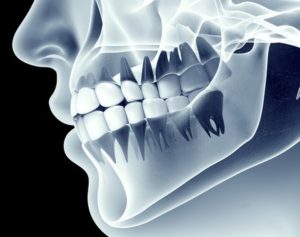 The American Academy of Implant Dentistry (AAID) was founded in 1951 as the first professional organization in the world dedicated to implant dentistry. General dentists, oral and maxillofacial surgeons, periodontists, and prosthodontists all count themselves among the members of AAID. The academy’s mission is simple yet essential in today’s society. The AAID is committed to advancing “the science and practice of implant dentistry through education… and [serving] as the credentialing standard for implant dentistry for the benefit of mankind.”
The American Academy of Implant Dentistry (AAID) was founded in 1951 as the first professional organization in the world dedicated to implant dentistry. General dentists, oral and maxillofacial surgeons, periodontists, and prosthodontists all count themselves among the members of AAID. The academy’s mission is simple yet essential in today’s society. The AAID is committed to advancing “the science and practice of implant dentistry through education… and [serving] as the credentialing standard for implant dentistry for the benefit of mankind.”
Dr. Tadros, the experienced prosthodontist who leads Dental Implant Solutionz in Largo, Florida, was recently elected as a fellow of the AAID. Becoming an AAID fellow is a high achievement. It requires qualifying as an AAID Associate Fellow, completing 400 hours of postdoctoral education related to implant dentistry, five or more years in the practice of implant dentistry, and completion of at least 50 cases of advanced dental implant treatment. Dr. Tadros met and exceeded all of these requirements, then passed the Fellow Membership examination, in order to become an AAID fellow. [Read more…]







